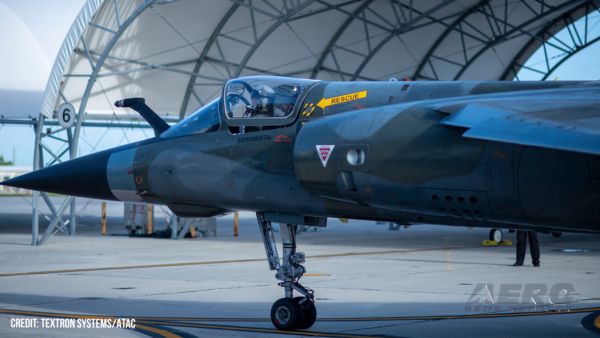Ten Companies Will Conduct One-Year Studies To Identify Technology Gaps Associated With ISRU
NASA has selected 10 companies to conduct studies and advance technologies to collect, process and use space-based resources for missions to the Moon and Mars. NASA placed a special emphasis on encouraging the responders to find new applications for existing, terrestrial capabilities that could result in future space exploration capabilities at lower costs.

The practice of in-situ resource utilization (ISRU) could increase safety and affordability of future human spaceflight missions by limiting the need to launch supplies, such as oxygen and water from Earth. NASA issued Appendix D of the Next Space Technologies for Exploration Partnerships-2 (NextSTEP) Broad Agency Announcement on Dec. 4, 2017. With it, the agency sought three areas of work focused on producing propellant and other exploration mission consumables using water from extraterrestrial soils and carbon dioxide from the Martian atmosphere.
The first track is for one-year studies to identify technology gaps associated with ISRU, and to further define the benefits of including it in space mission architectures. The organizations selected for Track 1 are:
- Blue Origin, Kent, Washington
- United Launch Alliance, Centennial, Colorado
- University of Illinois, Urbana, Illinois
- UTC Aerospace Systems, Windsor Locks, Connecticut
The second and third tracks address technology development and demonstration for as long as three and a half years. Component-level development and testing in simulated space environments is the focus for Track 2 selections, which are:
- BlazeTech Corporation, Woburn, Massachusetts
- Paragon Space Development Corporation, Tucson, Arizona
- Skyhaven Systems, Steamboat Springs, Colorado
- Teledyne Energy Systems, Hunt Valley, Maryland
The third track include extensive subsystem development and testing in simulated space environments Selections for this track are:
- Honeybee Robotics Spacecraft Mechanisms Corporation, Pasadena, California
- OxEon Energy LLC, Clearfield, Utah
"We are continuing to learn about our Moon and the value its resources can provide for human exploration," said Jason Crusan, director of Advanced Exploration Systems at NASA Headquarters. "If we can find smart ways to harness its resources now, those capabilities will help shape our long-term exploration goals, including partnership and commercial opportunities with and for U.S. industry. Furthermore, these capabilities will help us prepare for ISRU on Mars and other planetary bodies in deep space."
The contract amounts are dependent on negotiations with the selectees, but NASA estimates the combined value of all the awards, including contract options for work extending through 2021, will be approximately $10 million. As with most NextSTEP contracts, the companies involved must include corporate contributions to the overall effort, a measure that boosts private-sector interests in the space economy.
NASA plans to have a significant lunar presence in the next decade as part of a new Exploration Campaign in support of Space Policy Directive 1. Missions to the Moon will start with deliveries of small payloads to the surface and deployment of four Moon-orbiting CubeSats on Exploration Mission-1, followed by the assembly of a lunar outpost in space and mid-size lunar lander missions beginning in 2022.
(Source: NASA news release)
 Classic Aero-TV: The BMW Of LSA? Bristell Offers Premium Experience
Classic Aero-TV: The BMW Of LSA? Bristell Offers Premium Experience Aero-News: Quote of the Day (09.20.25)
Aero-News: Quote of the Day (09.20.25) ANN's Daily Aero-Linx (09.20.25)
ANN's Daily Aero-Linx (09.20.25) ANN's Daily Aero-Term (09.20.25): Execute Missed Approach
ANN's Daily Aero-Term (09.20.25): Execute Missed Approach NTSB Final Report: Flight Design GMBH CTSW
NTSB Final Report: Flight Design GMBH CTSW



